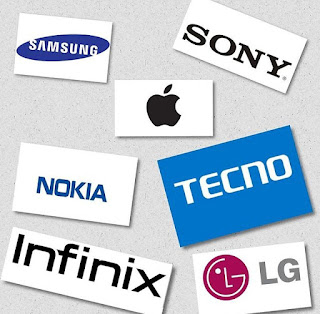[Music]: King monada_malwedhe idibala. FULL AUDIO/lyrics OF VIRAL ‘FALLING DANCE’ BY KING MONDA
Kind Monada – Malwedhe Idibala. Viral south african song that got viral the hillarious dance where you slide back and fall trending now especially in Africa is sure to take over this christmas season. Nna rena leave malwedhe[I have a sickness ] Wa nhala odho tsosa malwedhe ale hkole[If you break up with me, you will bring up hidden sickness from afar] Kena le bolwedhe bja go idibala[I have a sickness of collapsing] Wa nkala kea idibala[If you break up with me, I collapse] Kena le bolwedhe bja go idibala[I have a sickness of collapsing] Wa nkala kea idibala[If you break up with me, I collapse] I hope i dont get this fever soon too



Comments
Post a Comment